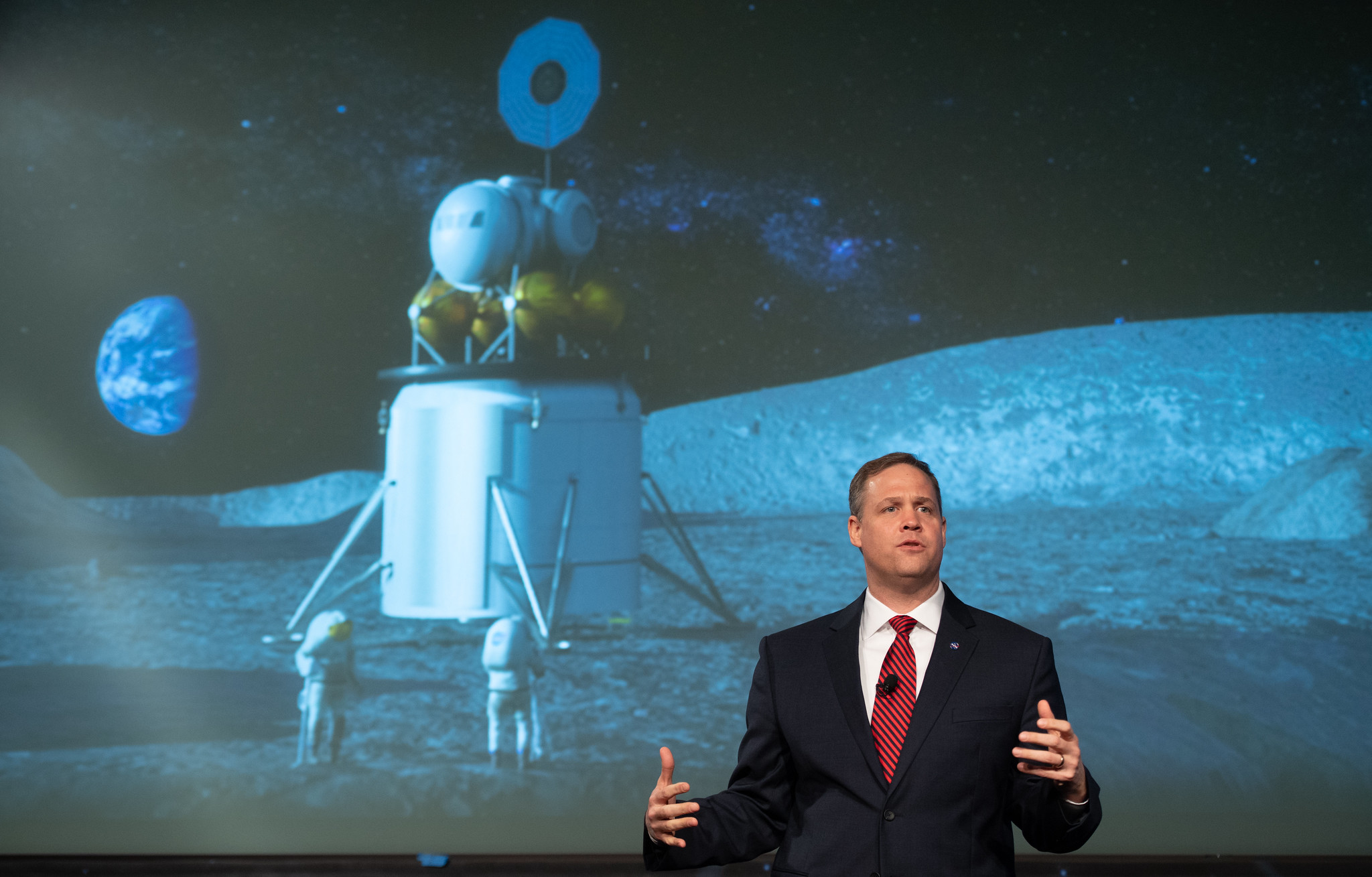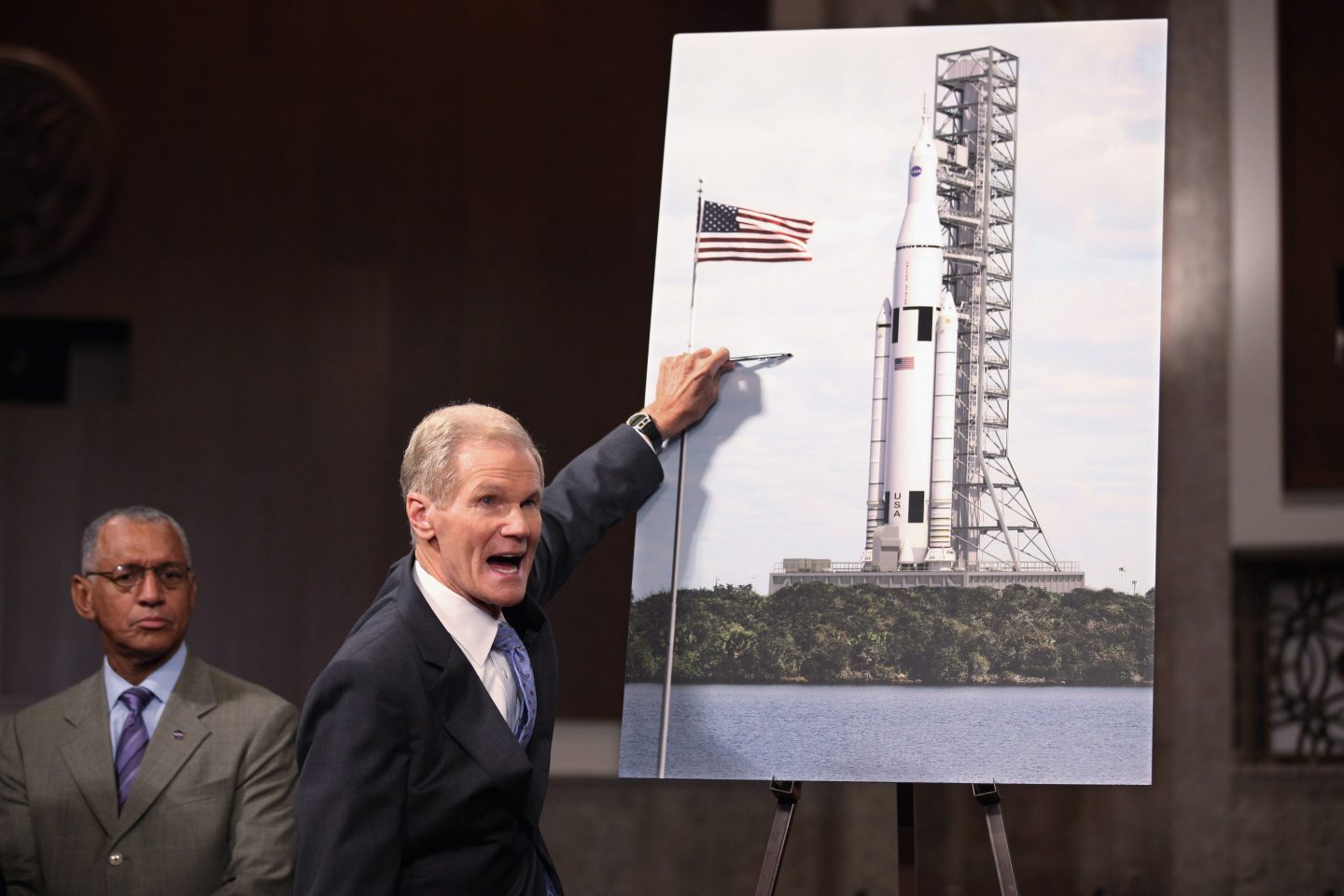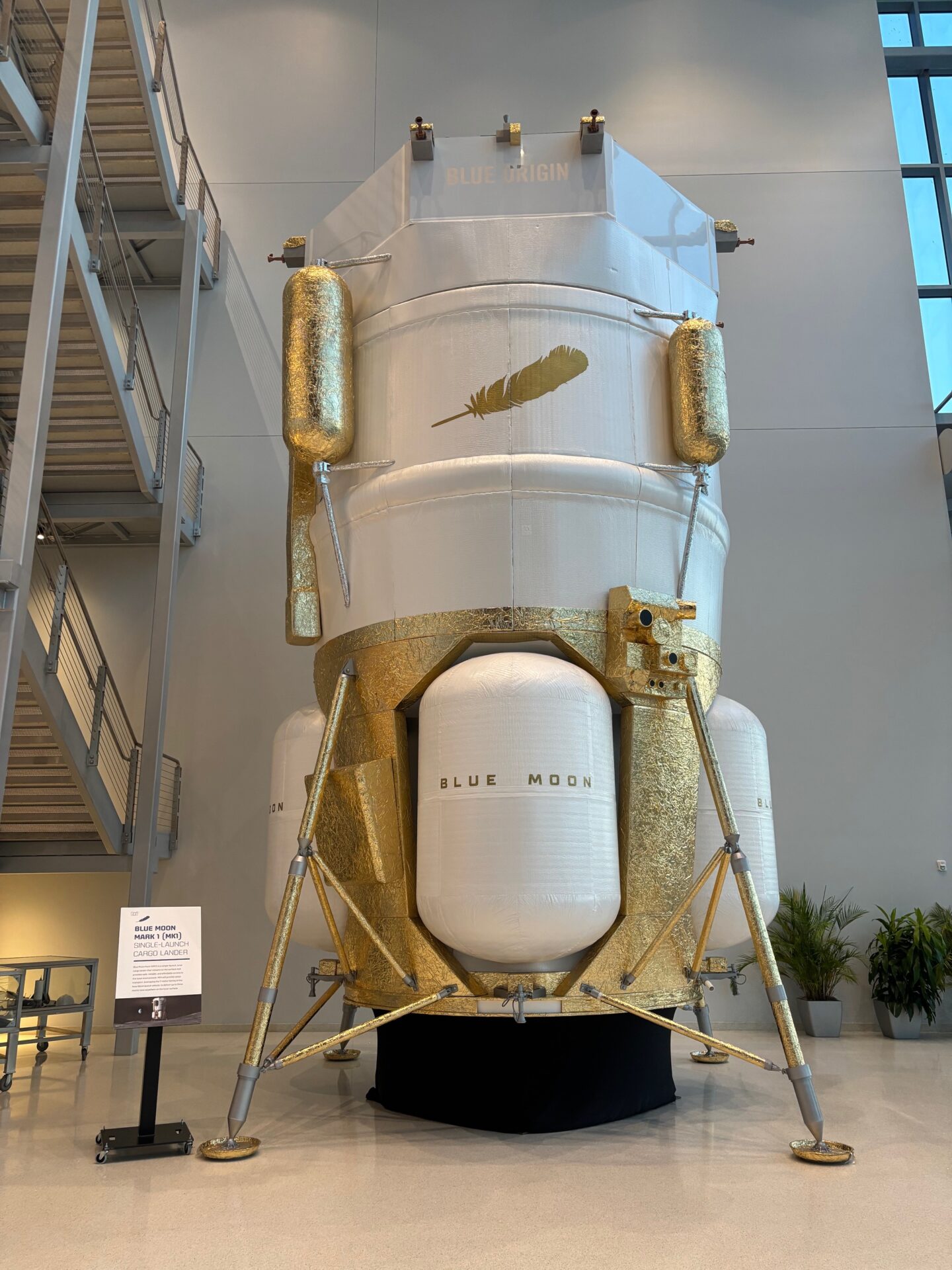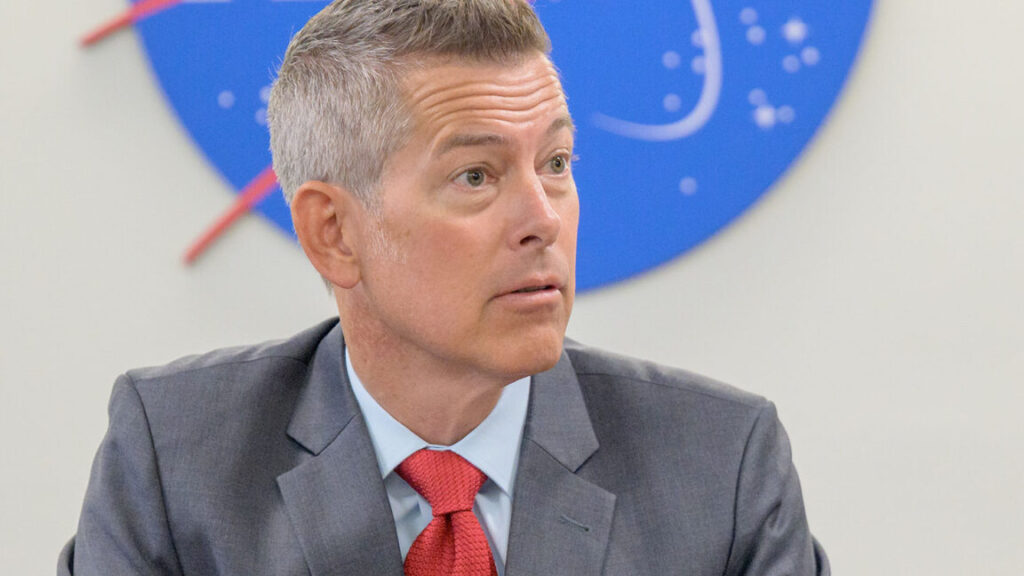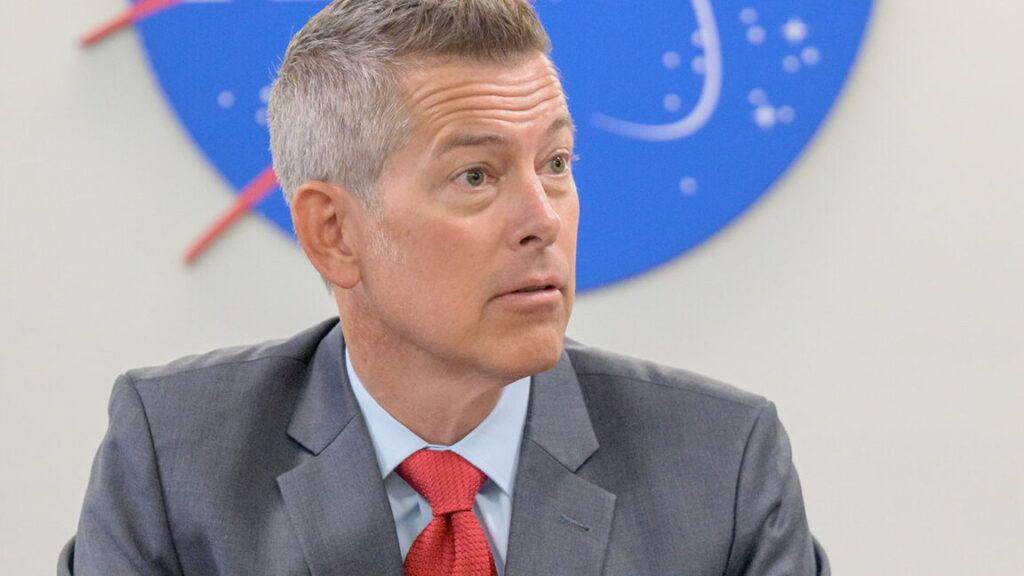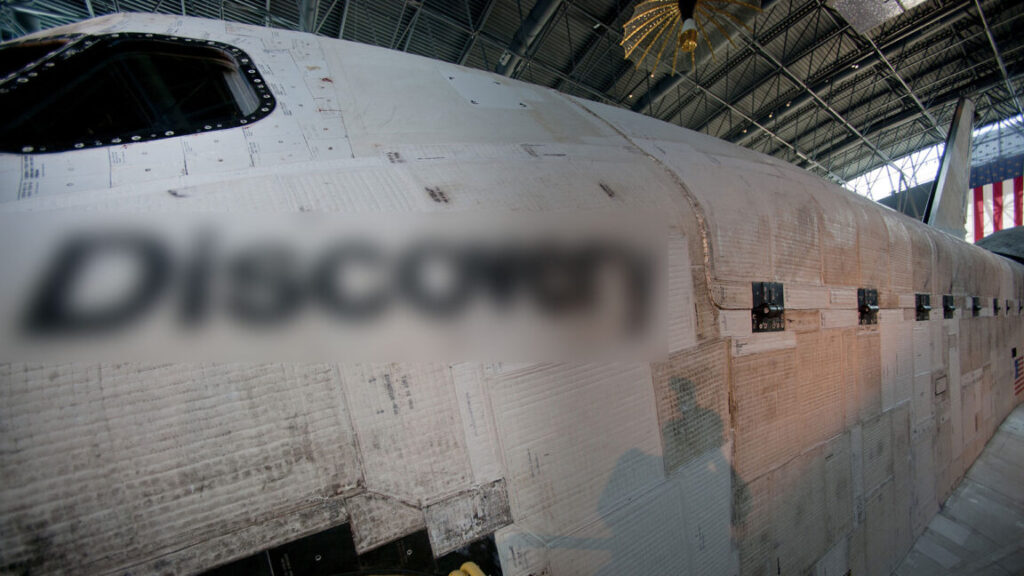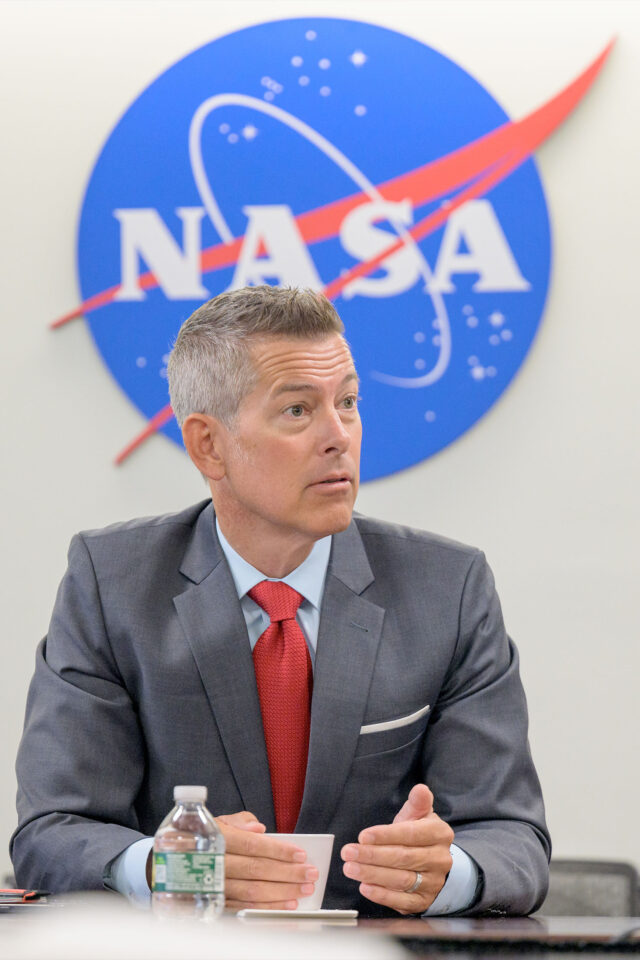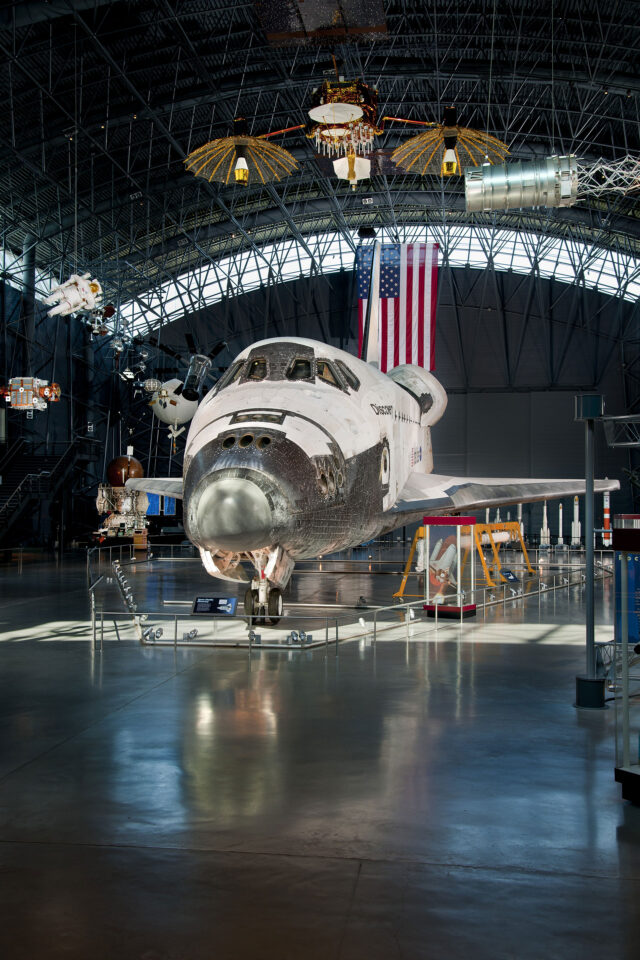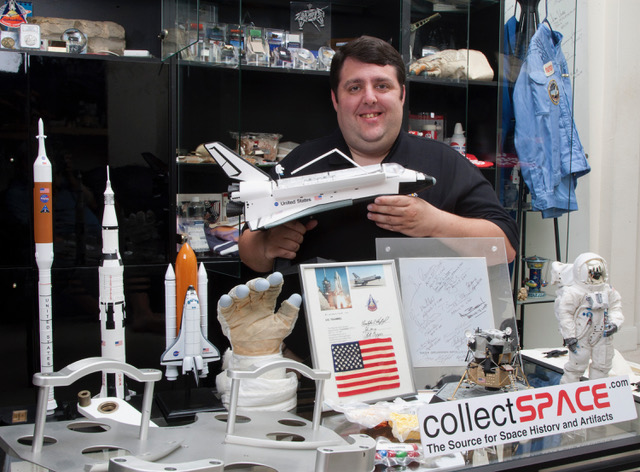Elon Musk just declared war on NASA’s acting administrator, apparently
“Sean said that NASA might benefit from being part of the Cabinet.”
NASA astronauts Reid Wiseman, left, Victor Glover, Christina Koch, and CSA (Canadian Space Agency) astronaut Jeremy Hansen watch as Jared Isaacman testifies before a Senate Committee in 2025. Credit: NASA/Bill Ingalls
The clock just ticked past noon here in Houston, so it’s acceptable to have a drink, right?
Because after another turbulent morning of closely following the rough-and-tumble contest to become the next NASA administrator, I sure could use one.
What has happened now? Why, it was only SpaceX founder Elon Musk, who is NASA’s most important contractor, referring to the interim head of the space agency, Sean Duffy, as “Sean Dummy” and suggesting Duffy was trying to kill NASA. Musk later added, “The person responsible for America’s space program can’t have a 2 digit IQ.”
This is all pretty bonkers, so I want to try to contextualize what I believe is going on behind the scenes. This should help us make sense of what is happening in public.
It all boils down to this
The most important through line for all of this is as follows: the contest to become the next NASA administrator. This has, as the British like to say, hotted up of late. And people are starting to take sides.
In one corner stands the private astronaut and billionaire, Jared Isaacman. He was nominated by Donald Trump to become NASA administrator last year, and after a lengthy process, he was on the cusp of confirmation when the president pulled his nomination for political reasons in late May. In the other corner is Sean Duffy, a former congressman with minimal space experience, whom Trump appointed as interim administrator after yanking Isaacman. Duffy was already secretary of transportation.
Since then, a lot has happened, but it boils down to this. Duffy was, nominally, supposed to be running the space agency while searching for a permanent replacement. The biggest move he has made is naming Amit Kshatriya, a long-time employee, as NASA’s associate administrator. Kshatriya now has a lot of power within the agency and comes with the mindset of a former flight director. He is not enamored with using SpaceX’s Starship as a lunar lander.
After Isaacman’s dismissal, key figures within Trump’s orbit continued to vouch for the former astronaut. They liked his flight experience, his financial background, and his vigor to modernize NASA and lean into the country’s dynamic commercial space industry in the effort to remain ahead of China in spaceflight. Trump listened. He met with Isaacman multiple times since, all positive experiences. A re-nomination seemed possible, even likely.
Duffy likes running NASA
However, Duffy was finding that he liked running NASA. There were lots of opportunities to go on television and burnish his credentials. Spaceflight often receives more positive coverage than air traffic controller strikes. His chief of staff at the Department of Transportation, Pete Meachum, has also enjoyed exercising power at NASA. Neither appears ready to relinquish their influence.
To be clear, Duffy is not saying this publicly. Asked whether Duffy wishes to remain NASA administrator, a spokesperson for the agency gave Ars the following statement on Tuesday morning:
Sean is grateful that the President gave him the chance to lead NASA. At the President’s direction, Sean has focused the agency on one clear goal — making sure America gets back to the Moon before China. Sean said that NASA might benefit from being part of the Cabinet, maybe even within the Department of Transportation, but he’s never said he wants to keep the job himself. The President asked him to talk with potential candidates for Administrator, and he’s been happy to help by vetting people and giving his honest feedback. The bottom line is that Secretary Duffy is here to serve the President, and he will support whomever the President nominates.
But based on discussions with numerous sources, it seems clear that Duffy wants to keep the job. He has not taken significant steps toward identifying a replacement.
His appearances on Fox News and CNBC on Monday morning buttress this fact. It is not typical for a NASA administrator to go on television and criticize one of the space agency’s most important contractors. In this case, Duffy said he was reworking the agency’s lunar lander contracts because SpaceX had fallen behind.
It is true that SpaceX is behind in developing a lunar lander version of Starship. Nevertheless, this was a pretty remarkable thing for Duffy to do, at least in the context of the US space community. NASA projects run late all the time, every time. There was no mention of spacesuits needed for the lunar landing, which also almost certainly will not be ready by 2027.
There seem to be two clear reasons why Duffy did this. One, he wanted to show President Trump he was committed to reaching the Moon again before China gets there. And secondly, with his public remarks, Duffy sought to demonstrate to the rest of the space community that he was willing to stand up to SpaceX.
How do we know this? Because Duffy and Meachum had just spent the weekend calling around to SpaceX’s competitors in the industry, asking for their support in his quest to remain at NASA. For example, he called Blue Origin’s leadership and expressed support for their plans to accelerate a lunar landing program. Then he went on TV to demonstrate in public what he was saying in private.
Musk unloads
By Tuesday morning, Musk appears to have had enough.
The acting administrator had gone on TV and publicly shamed Musk’s company, which has self-invested billions of dollars into Starship. (By contrast, Lockheed has invested little or nothing in the Orion spacecraft, and Boeing also has little skin in the game with the Space Launch System rocket. Similarly, a ‘government option’ lunar lander would likely need to be cost-plus in order to attract Lockheed as a bidder.) Then Duffy praised Blue Origin, which, for all of its promise, has yet to make meaningful achievements in orbit. All the while, it is only thanks to SpaceX and its Dragon spacecraft that NASA does not have to go hat-in-hand to Russia for astronaut transportation.
So Musk channeled his inner Trump and called out “Sean Dummy.” It’s crass language, but will it be effective?
We really don’t know the extent to which Musk and Trump are on speaking terms at this point, but certainly Musk is a huge Republican donor, and there will be plenty of people in Congress who do not want to see another food fight between the world’s most powerful person and its richest person.
The widespread assumption is that Musk is advocating for Isaacman to become his administrator, since he originally put the astronaut forward for the position. However, the reality is that they don’t speak regularly, and although Isaacman is deeply appreciative of what SpaceX has achieved, he seems to genuinely want Blue Origin and other private space companies to succeed as well. Most likely, then, Musk was lashing out in frustration on Tuesday morning, feeling spurned by a space agency he has done a lot for.
Isaacman, for his part, has been keeping a relatively low profile. Trump, who will ultimately make a decision on NASA’s leadership, has also largely been silent about all of this.
Not a super augury
The war of words may be entertaining and a spectacle, but this is pretty dreadful for NASA. The space agency is already down 20 percent of its workforce due to cuts and voluntary retirements. Morale remains low, and the uncertainty over long-term leadership is unhelpful. The first year of the Trump presidency, to many in space, feels like a lost year.
There is also the possibility of a significant restructuring. NASA is an independent federal agency, but my sources (The Wall Street Journal also reported this last night) have indicated that Duffy has sought to move NASA within the Department of Transportation. In his new statement today, Duffy confirmed this. Folding NASA into the Department of Transportation would allow him to maintain oversight of the agency, and Duffy could recommend a leader who is loyal to him.
So this is where we are. A fierce, behind-the-scenes battle rages on among camps supporting Duffy and Isaacman to decide the leadership of NASA. The longer this process drags on, the messier it seems to get. In the meantime, NASA is twisting in the wind, trying to run in molasses while wearing lead shoes as China marches onward and upward.
Eric Berger is the senior space editor at Ars Technica, covering everything from astronomy to private space to NASA policy, and author of two books: Liftoff, about the rise of SpaceX; and Reentry, on the development of the Falcon 9 rocket and Dragon. A certified meteorologist, Eric lives in Houston.
Elon Musk just declared war on NASA’s acting administrator, apparently Read More »



